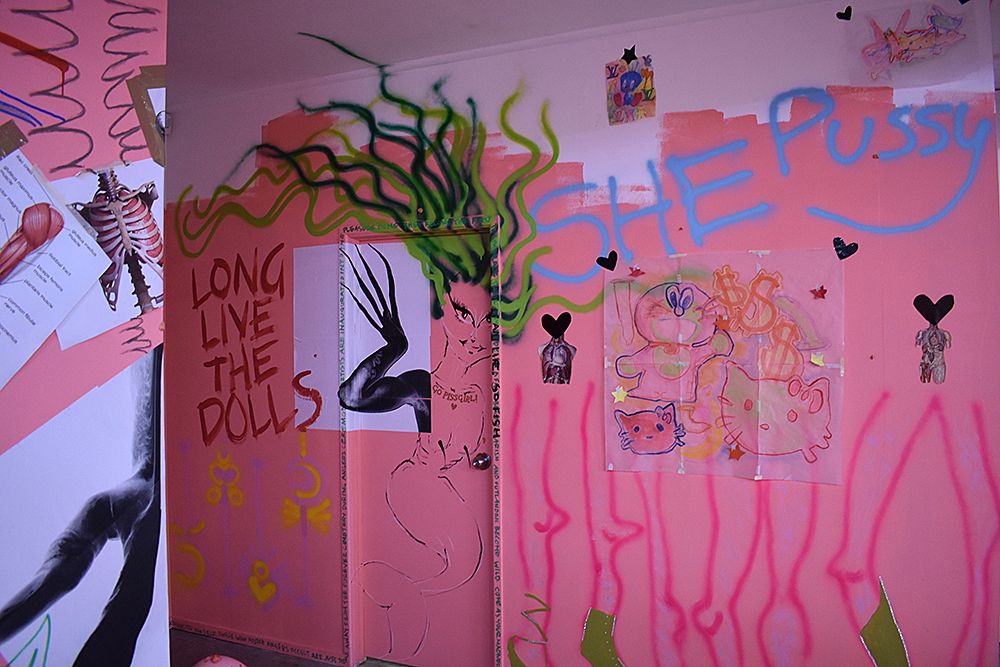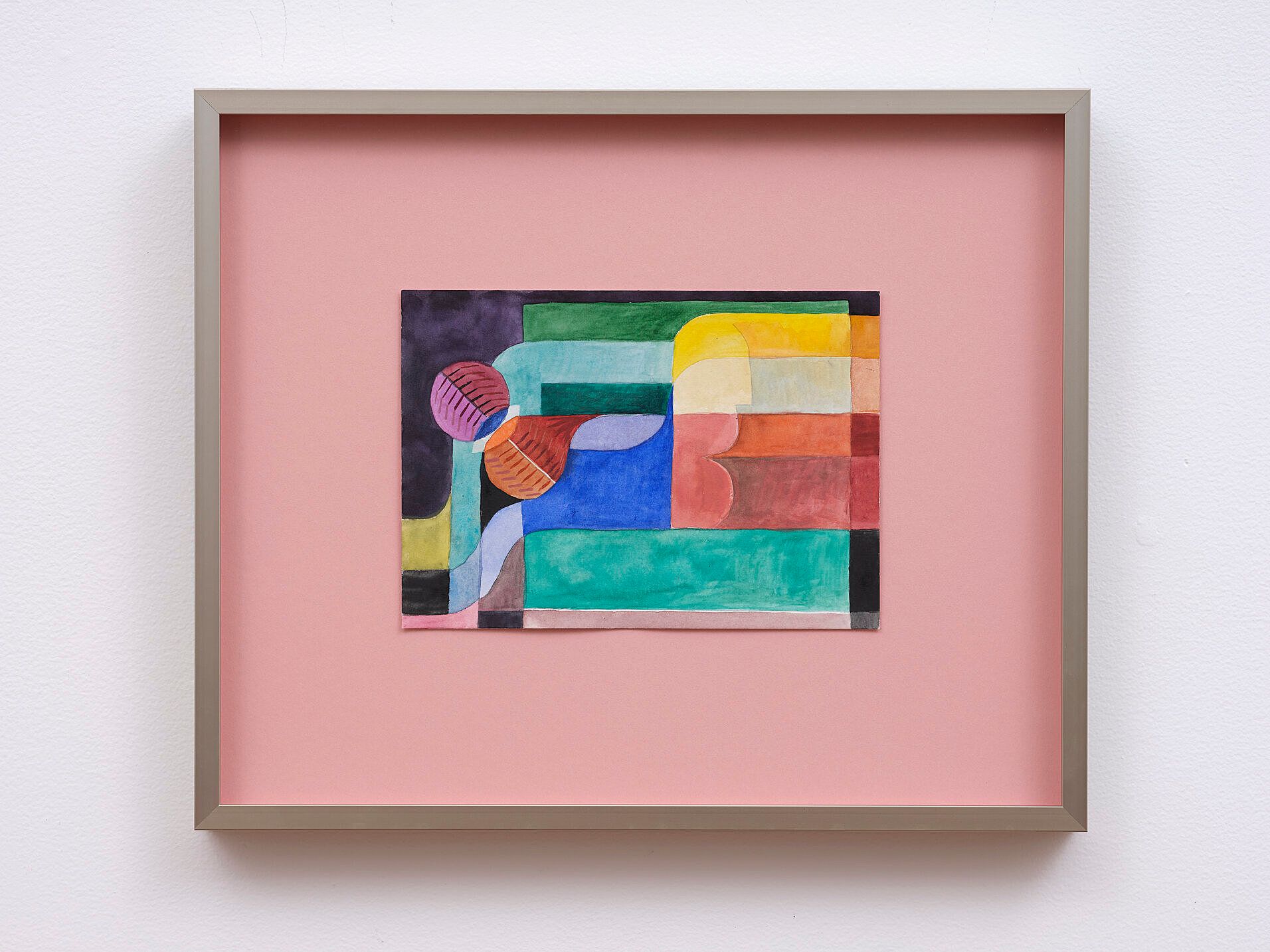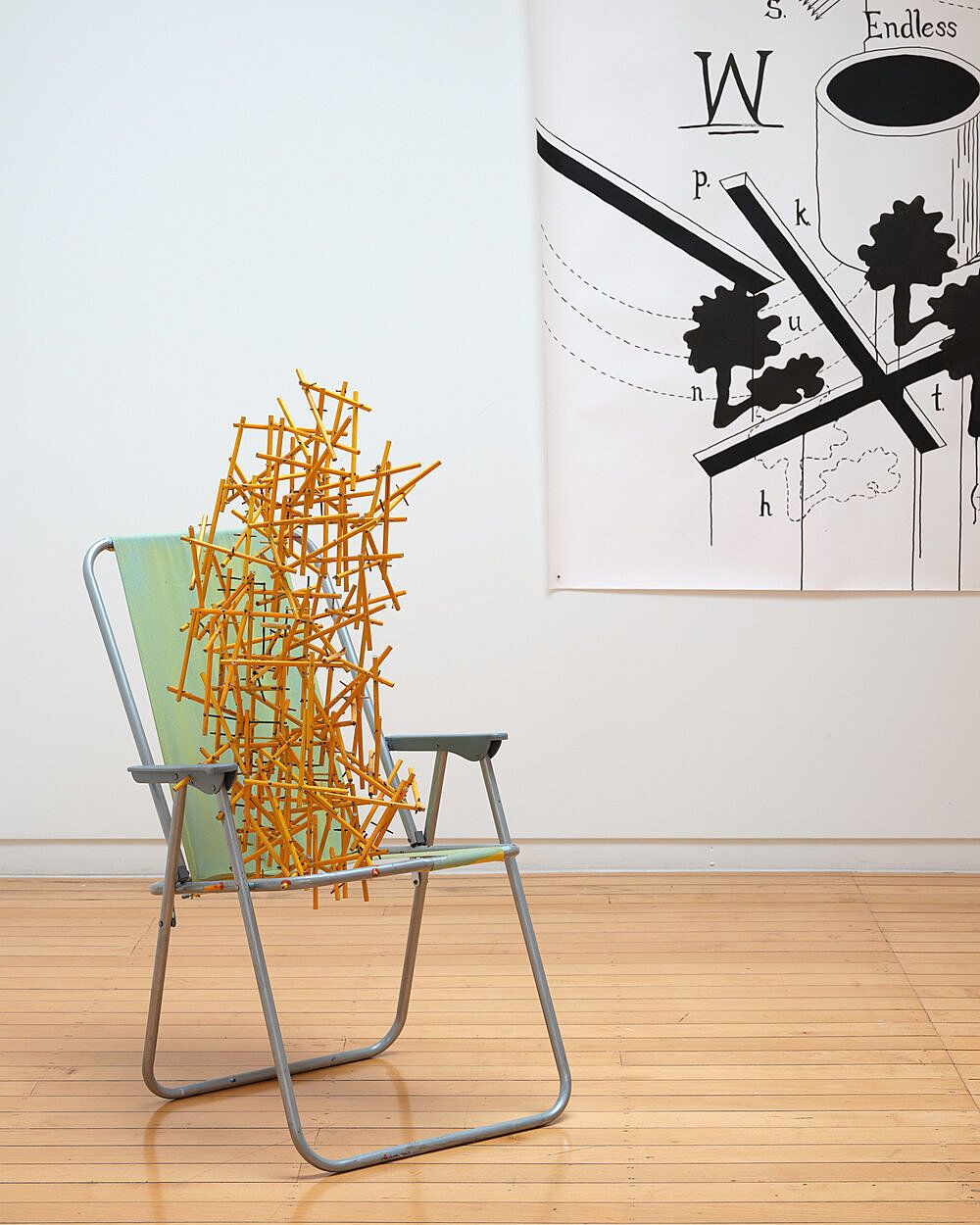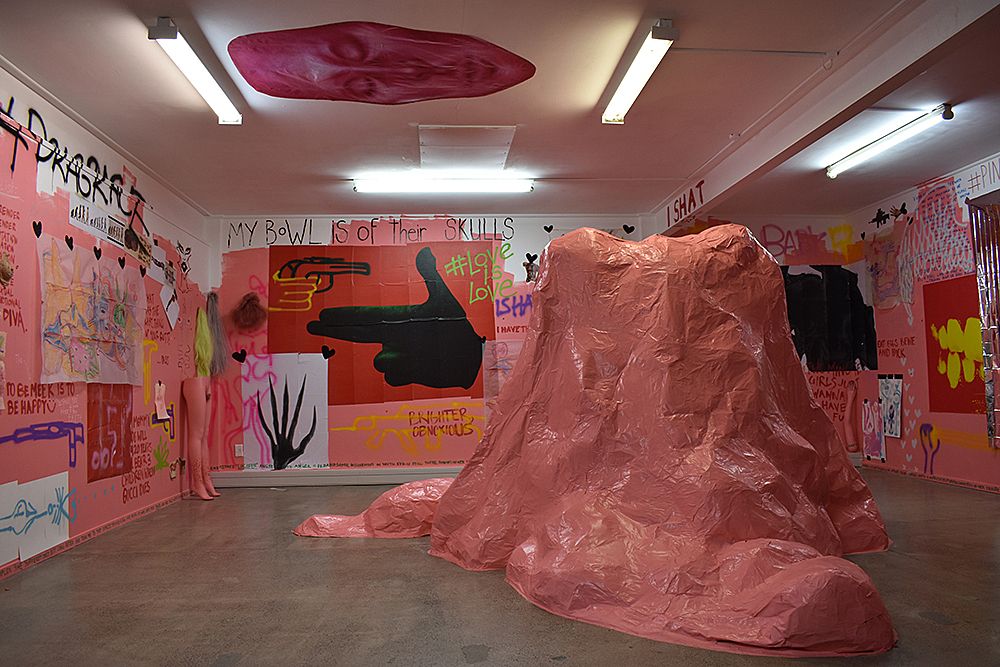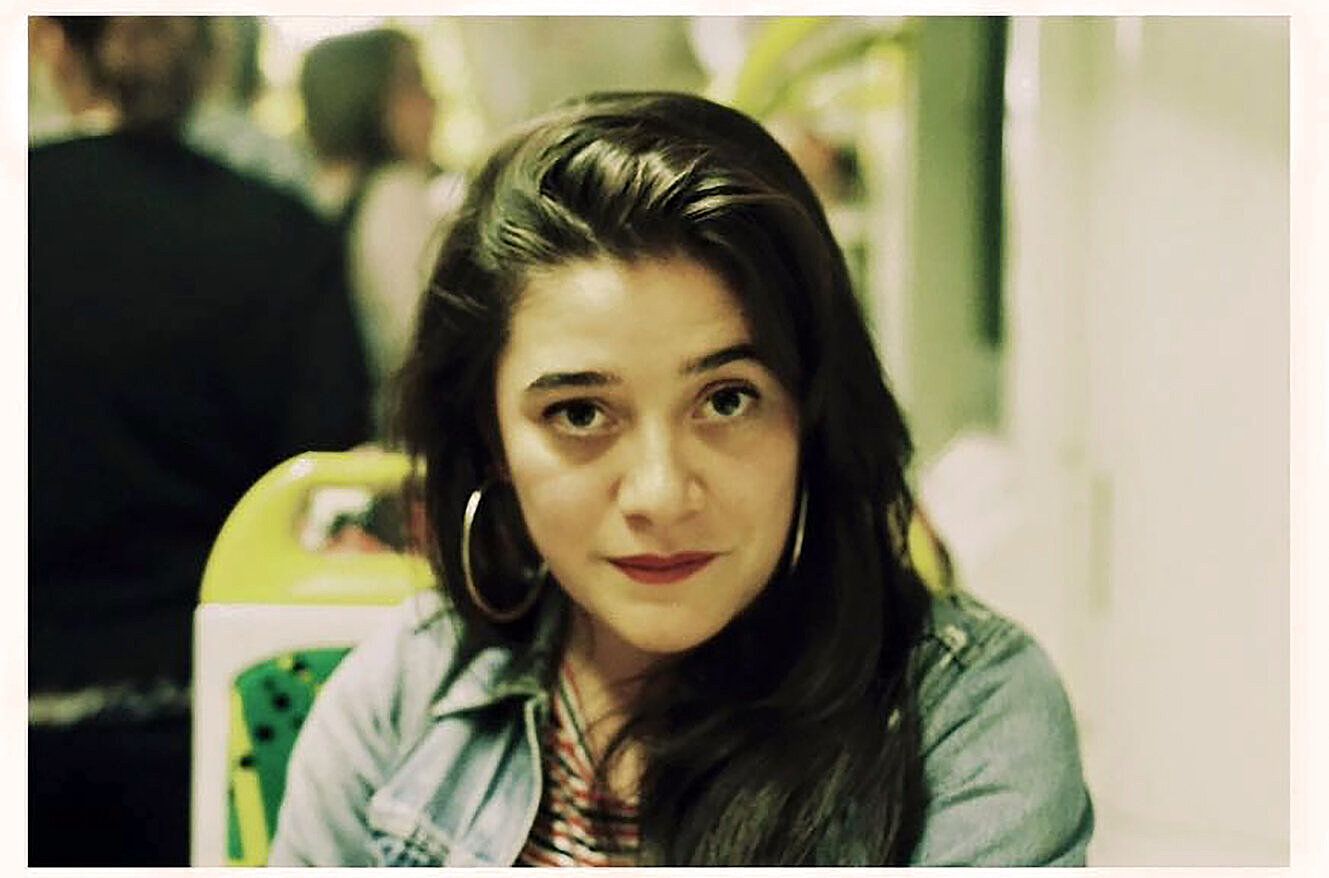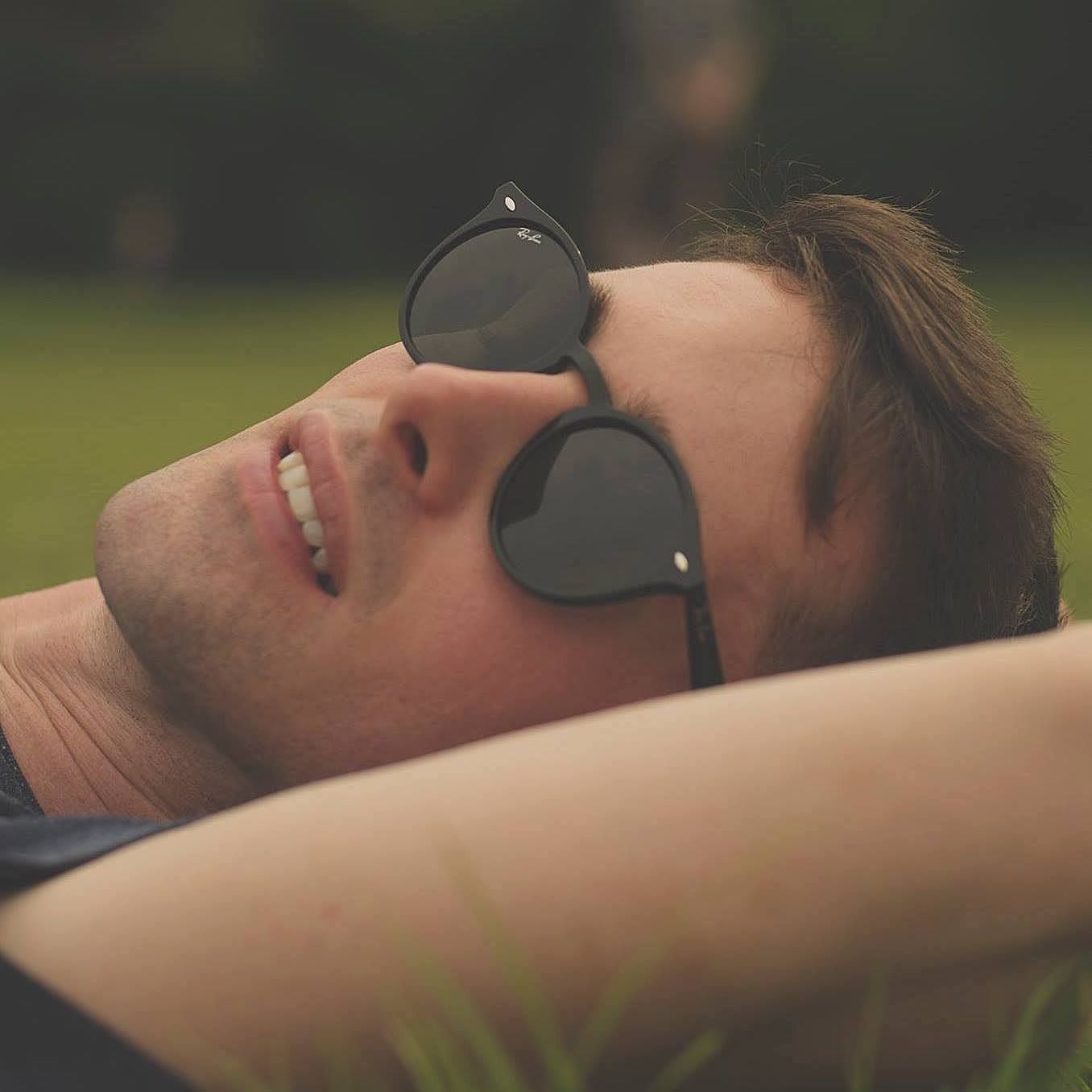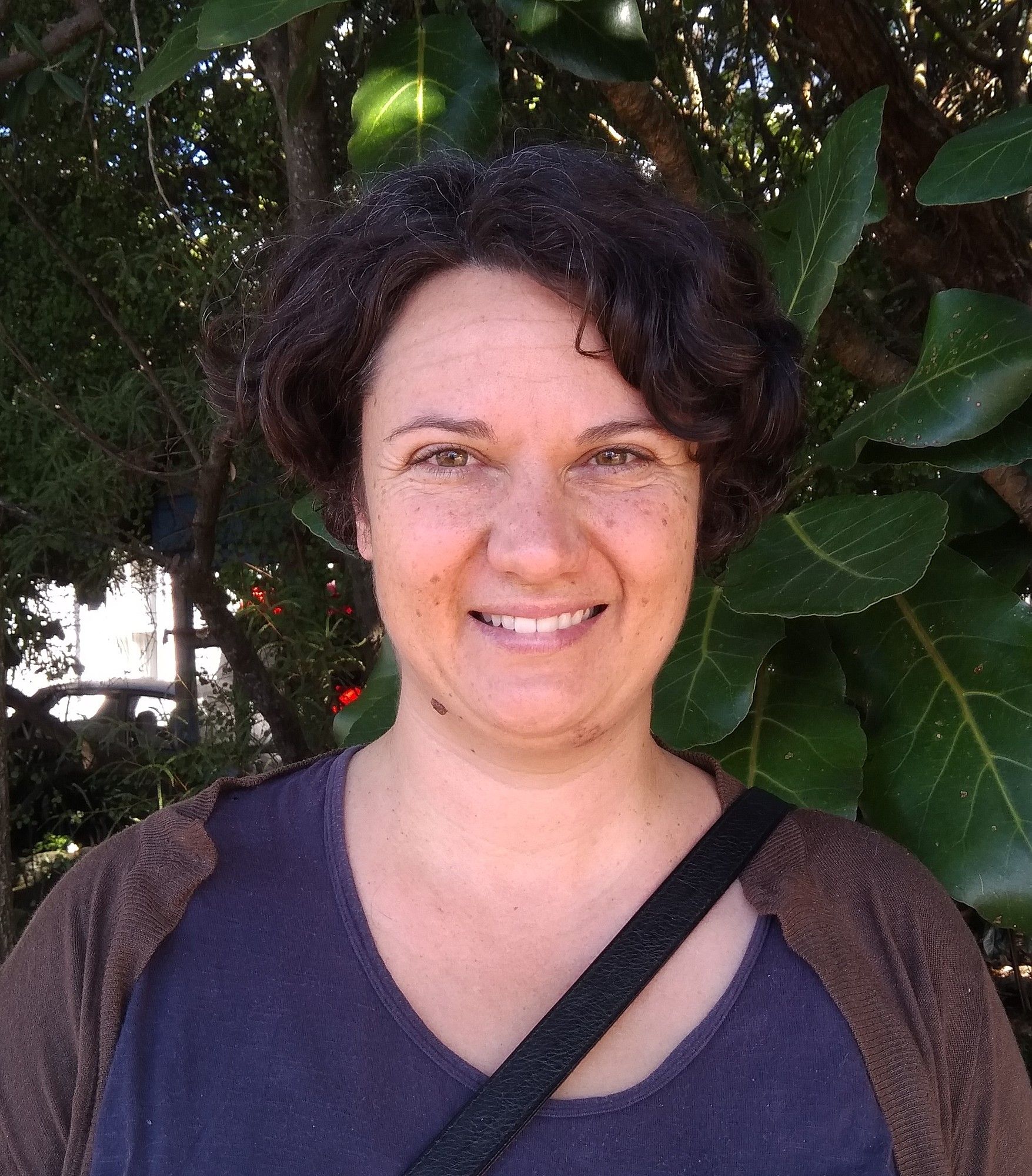The Unmissables: Artists to See in August
The best art on show online this month from artists and galleries in Aotearoa.
A monthly round-up of artworks around Aotearoa that we keep returning to.
This month's Unmissables was interrupted by our current and sudden stint back in lockdown. We almost threw in the towel, but our arts writers decided instead to brighten up yet another day in our bubbles with this compilation of clashing politics, rich watercolour hues, geometric sculptures and black-and-white graphic drawings.
Instead of sticking solely to dealer galleries this month, our team of art critics, Ngahuia Harrison, Francis McWhannell and Tulia Thompson, have trawled the internet to showcase some of the best and most exciting artists in Aotearoa.
Imogen Taylor’s small, bright watercolours at Michael Lett feel both pleasurable and playful. There are rosy pink hues, rich violets, pale aquas and muddy mustards. The paintings are geometric abstractions, which reveal bodies and landscapes. Her paintings draw on cubism, fauvism and Russian constructivism; forms of ‘modern’ painting that were powerfully challenging to realistic constraints at the time. For instance, Alexander Rodchenko, a working-class artist who was one of the founders of Russian constructivism, defied bourgeois representations. A century on, art can still be a form of revolution. Taylor's works’ revolution is a revaluing of lives excluded and devalued by masculinist and heterosexist traditions. Her paintings gesture towards gender and Queer sexuality.
In Homework, two bodies lie alongside each other on a square bed, their circular faces turned towards each other; the white space behind their blue and orange faces looks like a Venn diagram. It is intimate and lovely. As with her other watercolours, the geometric form allows the figures to continuously slip into shapes – there is the obvious curve of a rounded butt. I love the juxtaposition of bold and muted colours; the inky, deep, grape background paired with gold. Watercolour is a perfect medium; it is at once bright, translucent and muddy. I recently watched a video of artist Amalia Pica, who grew up in Patagonia under a dictatorship, explaining that joy can be a form of resistance within her work. This is the luminous, uplifting quality embodied by Imogen Taylor’s work. – TT
Imogen Taylor, Homework, 2021.
I dragged my heels with gallery visits this month and missed seeing Illustrating Reason, by the late Paul Cullen, in person. I don’t know Cullen’s practice well, but works I encountered last year in Thinking About the Future at Te Uru Waitākere Contemporary Gallery were experientially rich. Engaging with his sculptures and black-and-white works on paper in photographs feels inadequate. The sculptures are composed of pieces of furniture that might have been nabbed from an inorganic collection pile, and complex structures made of pencils of various kinds. Zooming in on screen doesn’t quite cut it. I want to examine the points of intersection. I want to smell the scent of wood and graphite that I imagine lingers still, several years after assembly.
The graphic works are of two types. Some are populated by white objects, including chairs, globes, metronomes and piles of books. They look as though they could be plans for sculptures or installations by Cullen, who used similar objects. But the presence of a void background and inexplicable lines and letters evokes a mental realm, theoretical configurations not necessarily capable of incarnation. Other images suggest enlarged diagrams from some obscure book, perhaps on engineering or garden design. Their interpretation defies me. I am entirely capable of recognising forms of trees and channels, indicators of direction and motion, characters and numbers, but the underlying logic (illusory or otherwise) baffles.
It might be that there is a certain appropriateness to not being able to engage with Cullen’s works ‘in real life’; they already play with abstraction. I am reminded of the curiously esoteric nature of much specialist thinking. Get far enough into a subject, and things often complicate to the point that simplification is impossible. I recall asking my former partner to break down aspects of his writings on moral philosophy for me. He couldn’t. He possessed an understanding, but one beyond my language. Prose had become poetry. A function of Cullen’s work is no doubt to acknowledge systems of understanding beyond the Western scientific tradition. Another is to get at the sense of deep irrationality that is possible when one dives deeply into the rational. – FM
Paul Cullen, Illustrating Reason, installation view, 2021.
My algorithm shows me the links between anger and insecurity, both the repulsion and desire to belong, and the sacredness of knowing your goddamn place. I see these sentiments in the work of artist #pwalters, or another moniker you might identify them by, p.A, p.Walters, (@pur6on) – do I dare say their name as I came to know them? No, I won’t. After all, aren’t we supposed to be getting over singularity and healing the damage of Universal Truths – gender is X or Y, or Brown people are A, B, C (All Blacks or Criminals).
Before lockdown, you might have seen p.Walters’ exhibition New World Daughter; a sterile sermon on the vile waha of a fuckin’ leitī, an exhibition at Parasite Gallery that bared its teeth at you. There was also a chance to see p.A’s work in Do not Alter, presented by Porn Brown at Corban Estate. The artworks were a collage of clashing politics exclaiming that p.A lives for ‘Māori supremacy’ and ‘continuous contradictions’. As well as what p.Walters would die for – Tonga. The instinct in their work is to lean into the contradictions that make up who we are. As Walt Whitman asked and answered, “Do I contradict myself? Very well, then, I contradict myself; I am large – I contain multitudes.”
Last month RM Gallery hosted Nuisance by collective The Killing. The Killing includes pur6on alongside artists Daniella Bay (@pdf.bay), Minsoh Choi (@minsoh_c), Meleseini Faleafa (@mehleseykne), Ego (@noturego) and Joshiua (@venus.vey). The Killing self-describe as “composed of bodies that align themselves with principles of self-determination, self-authoring, and liberation; from the current regimes of dominance”. The show was a mixed-media installation that rejected any reading of where one artist ended and another began.
Nuisance was a mood board for every mood: love, anger, humour, pain – with a pink Godhead sleeping above. The exhibition was frustratingly short-changed a week by RM Gallery. A common response to things we feel we can’t contain – remember, what is the nuisance? I know we will be seeing more from The Killing and its members; socials are in the pipeline. So I would say remember their names – though they might change. – NH
The Killing, Nuisance, installation view, 2021.
*
The Unmissables is presented in a partnership with the New Zealand Contemporary Art Trust, which covers the cost of paying our writers. We retain all editorial control.
Feature image: The Killing, Nuisance, installation view, 2021.
